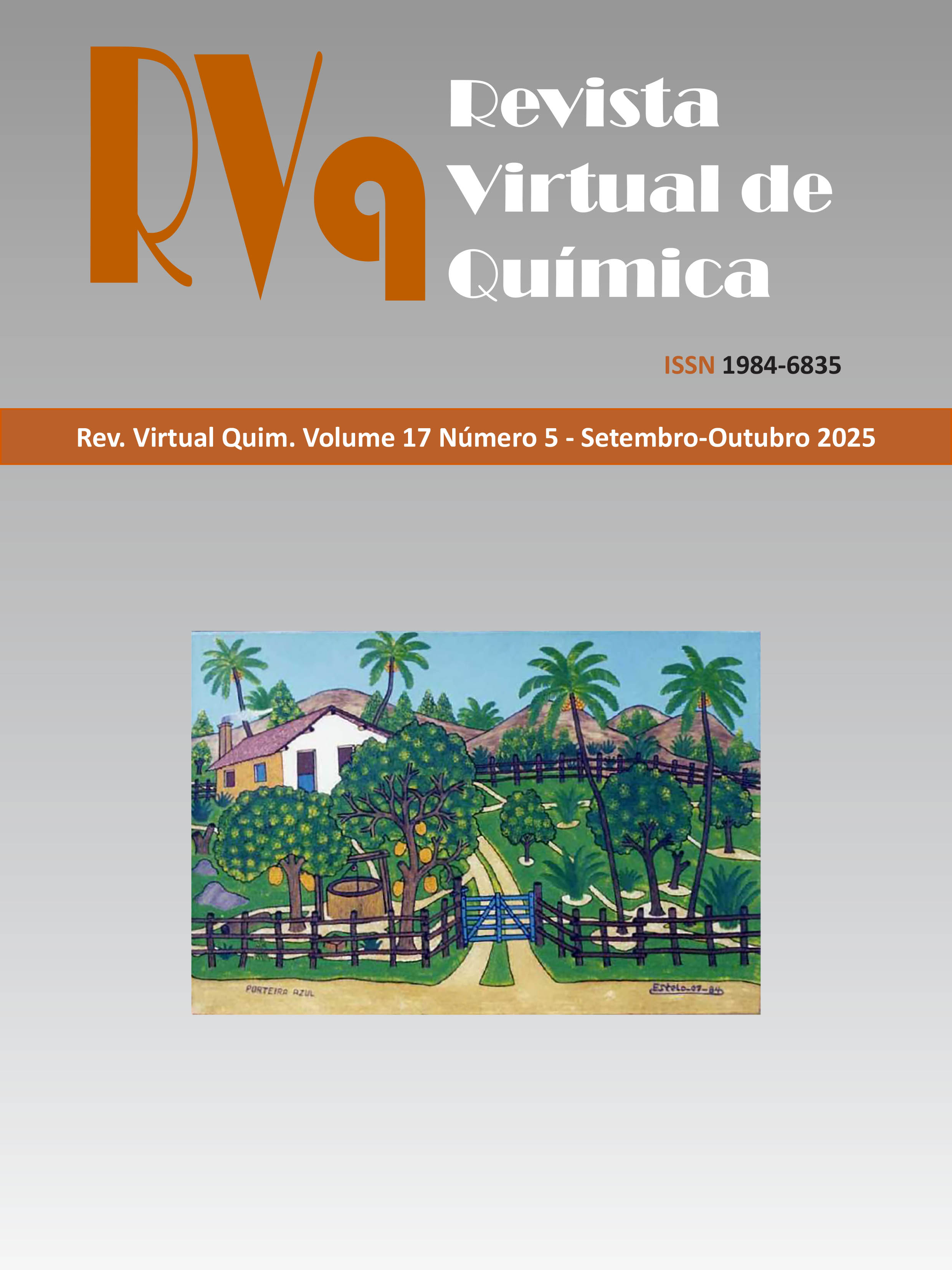A Orientação do Momento de Dipolo: Em Defesa da Lógica e da Tradição do Uso de Setas no Ensino do Fluxo de Elétrons em Química Orgânica
DOI:
https://doi.org/10.21577/1984-6835.20250032Resumo
In chemistry, arrows are used to indicate the flow of electrons from a donor to an acceptor site. There are
two conventions for the direction of the dipole moment: the chemical convention (pointing toward to the
negative charge) and the physical convention (pointing in the opposite direction). Chemical convention is
widely adopted in chemistry publications and textbooks. This preference arises from its alignment with
common practices in chemistry, particularly in representing reaction mechanisms, where electron flow
is represented using curved arrows consistent with the chemical convention. The chemical direction of
the dipole moment also enables chemists to qualitatively and efficiently derive various physicochemical
properties, such as molecular polarity, boiling points, relative solubility, and infrared band relative
intensities, that are very useful for identifying diagnostic signals in chemical transformations. Additionally,
mastering this convention allows one to logically predict the movement of electrons in chemical reactions
and thus assess whether certain transformations or products are reasonable. These capabilities grant
chemists, especially in organic chemistry, a powerful predictive and planning tool, underscoring the
critical role of the dipole moment in the chemical sense as an indispensable resource for advancing
understanding and practice in the field.
Downloads
Arquivos adicionais
Publicado
Edição
Seção
Licença
Copyright (c) 2025 Revista Virtual de Química

Este trabalho está licenciado sob uma licença Creative Commons Attribution 4.0 International License.
Autores que publicam nesta revista concordam com os seguintes termos:
Os direitos autorais para artigos publicados nesta revista são do autor, com direitos de primeira publicação para a revista. Em virtude do acesso público, os artigos são de uso gratuito em aplicações educacionais e não-comerciais desde que com reconhecimento da autoria e da publicação nesta revista.

